Related Research Articles

Bushrangers were armed robbers who hid from authorities in the bush of the British colonies in Australia. The earliest use of the term applied to escaped convicts in the early years of the British settlements in Australia. By the 1820s, the term had evolved to refer to those who took up "robbery under arms" as a way of life, using bases in the bush.
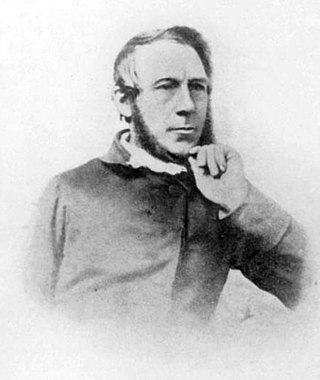
The Völkner incident describes the execution of the German-born Protestant missionary Carl Sylvius Völkner in New Zealand in 1865 by an independent Māori judiciary, consisting of members of the Pai Mārire faith. It has come to be seen by historians as a major and consequential miscarriage of justice by the Government of New Zealand during the New Zealand Wars. The event led to the arrest and execution of several major chieftains, and the confiscation of 85,000 acres of Māori land.

The 1981 South African rugby tour polarised opinions and inspired widespread protests across New Zealand. The controversy also extended to the United States, where the South African rugby team continued their tour after departing New Zealand.

The 1990 New Zealand general election was held on 27 October to determine the composition of the 43rd New Zealand parliament. The governing Labour Party was defeated, ending its two terms in office. The National Party, led by Jim Bolger, won a landslide victory and formed the new government.

Capital punishment – the process of sentencing convicted offenders to death for the most serious crimes and carrying out that sentence, as ordered by a legal system – first appeared in New Zealand in a codified form when New Zealand became a British colony in 1840. It was first carried out with a public hanging in Victoria Street, Auckland in 1842, while the last execution occurred in 1957 at Mount Eden Prison, also in Auckland. In total, 85 people have been lawfully executed in New Zealand.

Mount Eden Prisons consists of two separate facilities in the Auckland, New Zealand suburb of Mount Eden — the Mount Eden Prison and the Mount Eden Corrections Facility.
The following lists events that happened during 1965 in New Zealand.
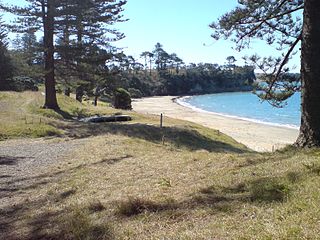
Motuihe Island lies between Motutapu and Waiheke islands in the Hauraki Gulf of New Zealand, near Auckland. The island measures 179 ha, of which around 18 ha are remnants of coastal forest. The island is a recreation reserve controlled by the Department of Conservation (DOC) and administered by the Motuihe Trust. It is a popular spot for day trips, accessible from Auckland by seaplane or by private boat. The island is known for its beautiful beaches.
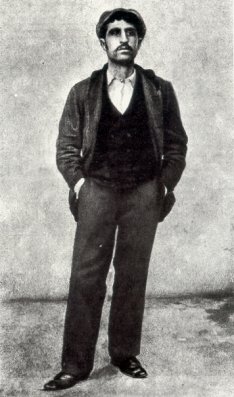
Giuseppe Musolino, also known as the "Brigante Musolino" or the "King of Aspromonte," was an Italian brigand and folk hero. Musolino received great notoriety and admiration in Calabria for escaping prison and committing a string of murders in retaliation for false testimony delivered against him while on trial; his later, second, trial after his recapture was subject to extensive international media coverage and attention.
The Bassett Road machine gun murders were the murders of two men with a .45 calibre Reising submachine gun on 7 December 1963 at 115 Bassett Road in the Auckland suburb of Remuera in New Zealand. The crime received considerable media attention and captured the public imagination for many years. Although the weapon was set to single and not rapid-fire for the killings, word spread quickly of a "Chicago-style" gang murder previously unheard of in New Zealand.

Liam Ashley was a 17-year-old child from North Shore City, Auckland who was murdered on 24 August 2006, by George Charlie Baker, a prisoner from North Shore, Auckland. The crime occurred in a New Zealand prison van and led to criticism of the methods of transporting prisoners in New Zealand.

Sin Chang-won is a South Korean criminal who gained notoriety after escaping from prison in 1997 and evading police for over two years. Despite a nationwide manhunt, he narrowly avoided arrest on many occasions. While some dubbed him a "Robin Hood" or "Hong Gil-dong" for his donation of a part of his proceeds to the needy and his ability to evade his pursuers, Korean authorities objected to this characterization, and noted that it originated in the overseas press. Regardless, his story attracted wide public fascination and sympathy, and he even inspired a fad for the colorful Missoni T-shirt that he was wearing when he was finally captured.
Fredrick George Evans was an Australian industrial worker who rose to prominence for his role and death in the Waihi miners' strike. To date he is one of the only two people to die in an industrial dispute in New Zealand's history.

The Territory of Western Samoa was the civil administration of Western Samoa by New Zealand between 1920 and Samoan independence in 1962. In 1914, German Samoa was captured by the Samoa Expeditionary Force shortly after the outbreak of World War I, and was formally annexed as a League of Nations mandate in 1920 in the Treaty of Versailles. It was later transformed into a United Nations Trust Territory following the dissolution of the League of Nations in 1946.
Joseph John Thomas Pawelka (1887–?) was a New Zealand criminal and prison escaper. He was born in West Oxford, Canterbury, New Zealand in 1887. His parents, Josef Pawelka and Louise Konig, were Moravian immigrants to New Zealand. In 1900, thirteen-year-old Joseph was apprenticed to an uncle as a butcher. By 1908, he had made his way to the North Island city of Palmerston North, where he contracted typhoid fever and was hospitalised for five months.
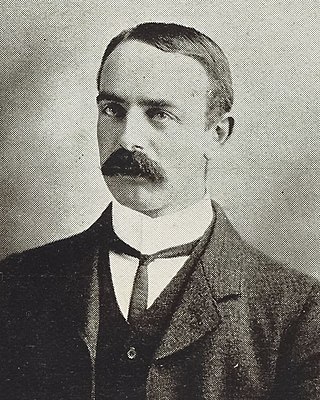
Charles Ewing Mackay was a New Zealand lawyer, local politician, and former mayor of Whanganui. He was convicted for the attempted murder of Walter D'Arcy Cresswell in 1920.

Christopher John Lewis was a New Zealand criminal who made an unsuccessful attempt to assassinate Queen Elizabeth II in 1981. He planned later attempts at assassinating other British royal family members but was kept away from them by the authorities in New Zealand.
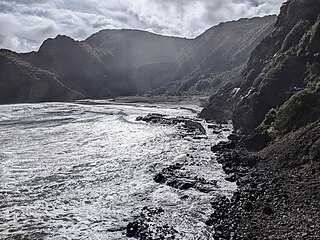
Whites Beach is a small beach on the west coast of the Auckland Region of New Zealand's North Island. It is located between Piha and Anawhata.
References
- ↑ Gordon Ell (1994). New Zealand Traditions & Folklore. Bush Press of Auckland. ISBN 978-0-908608-67-6.
- ↑ Noted. "Looking for George Wilder: New Zealand's renegade folk hero". Noted. Retrieved 19 June 2019.
- 1 2 3 4 "Prison escaper Wilder caught heart of nation". Stuff. 17 May 2013. Retrieved 9 December 2014.
- ↑ "George Wilder escapes from prison - NZHistory, New Zealand history online". Nzhistory.net.nz. Retrieved 9 December 2014.
- ↑ Newbold, Greg (2016). Crime, Law and Justice in New Zealand. Routledge. ISBN 978-1-317-27560-2.
- ↑ Morton, James; Lobez, Susanna (1 March 2011). Kings of Stings. Victory Books. pp. 354ff. ISBN 978-0-522-86019-1.
- ↑ "Wilder ways not a handicap". The New Zealand Herald. Retrieved 9 December 2014.
- ↑ Papaspiropoulos, Antonio (May 2015). "Looking for George Wilder: New Zealand's renegade folk hero". North and South. Archived from the original on 16 May 2019. Retrieved 8 April 2021.